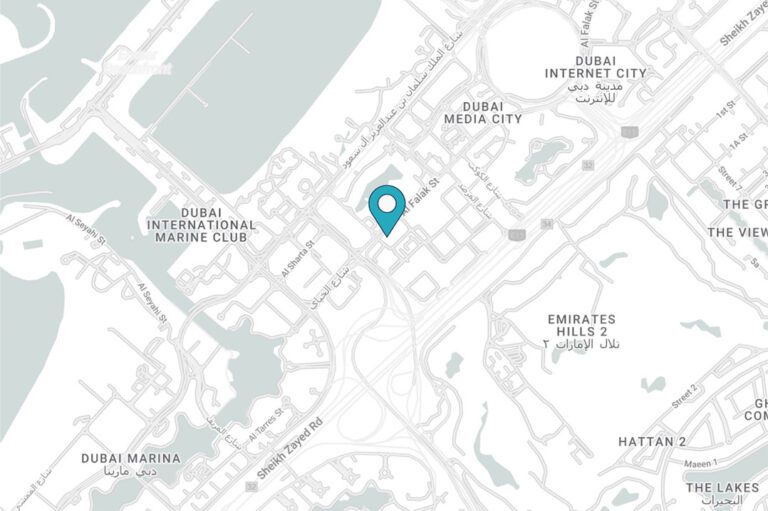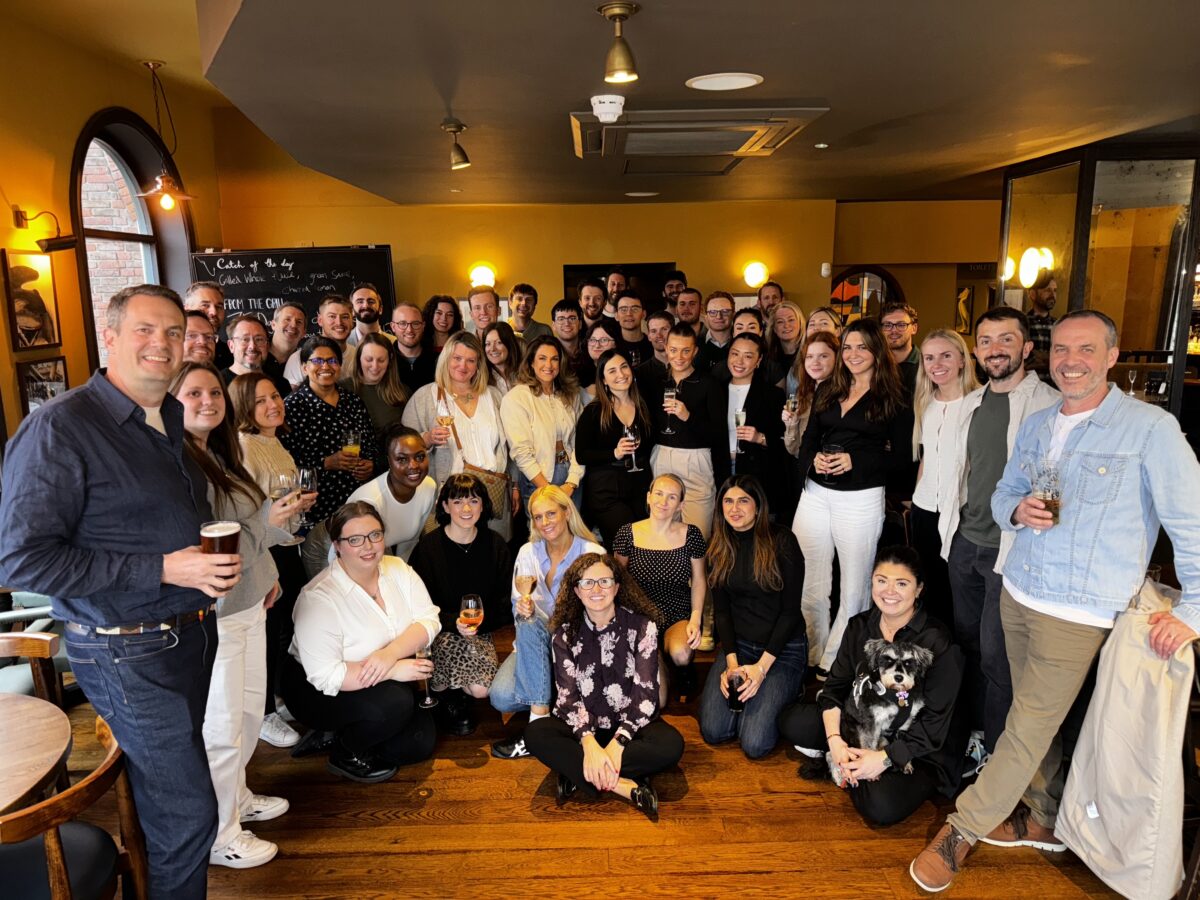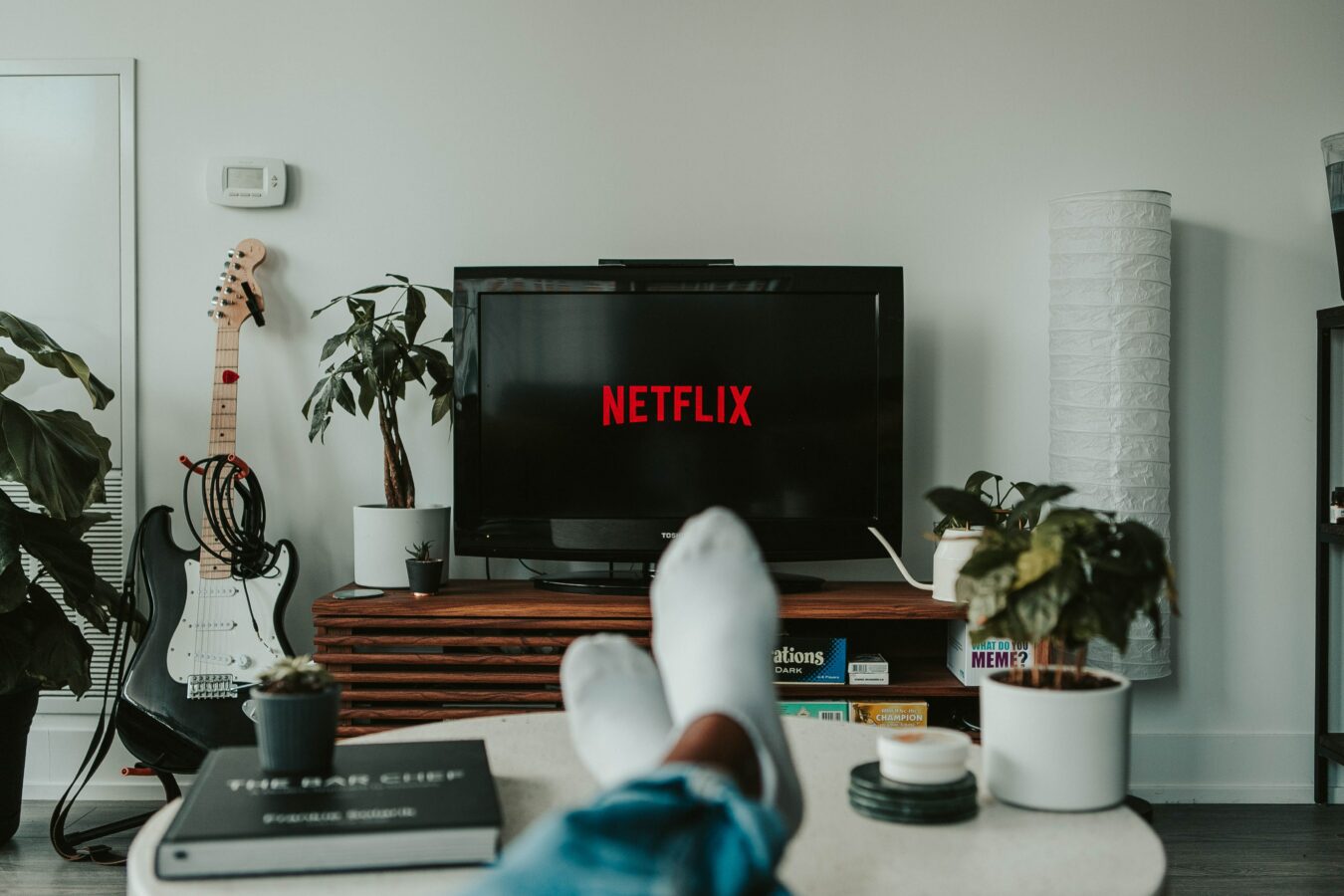 Given the challenges we’ve all faced over the last few years, both personally and professionally, how we look after our wellbeing in and out of work has been at the forefront of many people’s minds.
Given the challenges we’ve all faced over the last few years, both personally and professionally, how we look after our wellbeing in and out of work has been at the forefront of many people’s minds.
While many of us have gone on our own personal journeys on this topic, companies up and down the country have also stopped and reviewed how they are looking after their employees’ wellbeing.
And Performance Communications is no different.
Last year, I was given the responsibility of reviewing our approach to employee wellbeing.
So off I went to Google to dig into what a successful wellbeing strategy looked like.
There’s plenty online, but I thought it might be useful to share the process I’ve been through, especially for those that run or work in communication agencies.
What is wellbeing?
It’s a word we’ve all used, a word we’ve all read or seen – and we probably know what it means. But for those that aren’t sure here’s a definition: the state of being comfortable, healthy or / and happy.
Notice it doesn’t differentiate between work and play. That’s because work can certainly impact on your wellbeing, both positively and negatively. While play can impact on your work life. Most people can’t separate the two.
This is proven by a Deloitte study in 2020 that found poor mental health costs UK employers up to £45 billion each year. This is a rise of 16% since 2016 – an extra £6 billion a year.
Hence the importance of considering what your wellbeing strategy is.
What is a wellbeing strategy?
It should consider immediate support, as well as more long term positive and preventative approaches to help people to thrive at work.
Why having a wellbeing strategy is vital for staff and leaders
There’s plenty of research out there, but below are a few reasons if you’re trying to justify to your leadership team / MDs the importance of workplace wellbeing (and these were before Covid was even a thing).
- More engaged: According to a Gallup study in 2019, if employees had higher wellbeing in year one, they would tend to have higher engagement at work in year two, as well as increased positive change in wellbeing in year two – Gallup, 2019
- More effective: When people are in a positive state, they can find 12+ solutions to a given problem compared to two when in a state of anger or fear – Fredrickson, 2008
- More present:
- For every £1 spent by employers on mental health interventions they get £5 back in reduced absence, presenteeism and staff turnover – Deloitte, 2020
- People with higher levels of wellbeing have 41% lower sickness absence as a result of poor health. Gallup, 2012
Where to start with your research?
- Mental health charities / bodies: Mind has some excellent resources, see here. As does Mental Health at Work, who offer an array of tool kits, case studies and useful
- Wellbeing industry bodies: As mentioned above, there are templates and information a plenty online. Here are a few links that might be useful: Wellbeing at work by the CIPD (The professional body for HR and people development). Management Consultancy firm McKinsey is also a prominent voice in the space.
- Look into how other companies are tackling wellbeing: A good place to start is the PR industry. Lots of the global agencies have announced wellbeing initiatives over the last few years which provide useful inspiration. The wellness space is also another interesting area to look at. How are people like Calm and Headspace tackling workplace wellbeing? Every company is different so what works for a massive organisation is unlikely to work for a smaller one.
- Your own staff: Once we’d done a thorough research job on what encompasses a wellbeing strategy, we then conducted an anonymous survey so we could get an idea of employees’ current wellbeing. We then canvassed opinions on all sorts of things from mental health, to physical activities and socials to understand the sort of things they’d want built into this strategy.
Pillars of a wellbeing strategy
Some of the materials listed above give a good indication of what should be considered as part of a wellbeing strategy. If you haven’t had time to read it, then I’ve included a quick snapshot below.
A robust strategy should cover psychological, physical and financial wellbeing, according to Baily and French, a consultancy that advises on workplace culture and wellbeing.
What you don’t want a wellbeing strategy to be?
The screen shot below summarises it quite nicely.
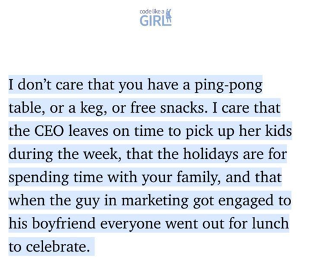
As the Tweet says above, this is more than table tennis and pints in the pub. It’s about an overall culture. You might have had a drink in the pub after work paid for by the company, but your manager is ruining your overall work experience. This experience will ultimately overshadow any of the other good work going on.
What you want a wellbeing strategy to be / do
- Company culture: Create a culture of wellness that aligns wellness with the business’ goals and missions
- A team effort: Have buy-in from employees across the business – from the most senior to the most junior. The example must be set from the top, though
- Clear communication: Ensure employees are consulted and continually informed of wellness initiatives so they feel part of it
- Continuous improvement: A strategy that is continually reviewed, evolved, measured and improved. Situations change, people change, therefore, a strategy should be open to change and improvement.
Measuring success
All the hard work done in getting your strategy together and then implementing it is meaningless if you can’t measure its impact. This is our starter for 10.
- Quarterly surveys
- Exit interview reviews
- 360 feedback for managers
- Tracking staff retention
The combination of anonymous staff surveys, exit interviews and 360-degree feedback for managers should hopefully give staff a voice in terms of what happens across the agency as well as ensuring any team or manager issues can be caught and resolved.
Welcome to Thrive
Thrive is the name of our wellbeing strategy, which we officially announced to the agency a few weeks ago. We have evolved Baily and French’s psychological, physical and financial wellbeing recommendation in three pillars: Mind, Body and Soul. Mind to cover Mental Health, Body to cover physical health and Soul to include a broader set of things, including social and an element of financial.
Our MDs have set aside an overall annual budget to go towards wellbeing. This will be split into two pots.
Pot one will see money go towards the individual. This will be a monthly amount that can be spent on anything wellbeing related: a gym membership, yoga sessions, a mindfulness course, the list goes on.
Pot two is a collective pot that will be utilised by the staff to cover activities around Mind, Body and Soul. What those activities are is yet to be decided.
And then it’s over to us. All of us. To work collectively to drive this forward.
To finish….
As we can now spend a little more time face to face, it felt like the right time to launch Thrive. We won’t get it right all the time, but we’ll keep trying because let’s face it, after the last few years, we all need to be proactively looking after ourselves and each other that bit more.
Photo by Max van den Oetelaar on Unsplash
